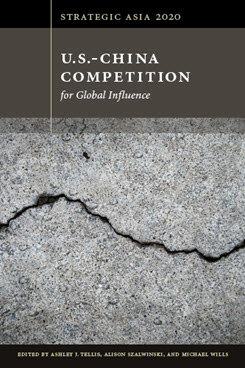How Taiwan's High-Income Trap Shapes Its Options in the U.S.-China Competition
This chapter examines Taiwan’s options in navigating the growing rivalry between China and the U.S. and what its choices reveal about Taiwanese assessments of U.S. credibility and Chinese intentions.
EXECUTIVE SUMMARY
MAIN ARGUMENT
As the rivalry between China and the U.S. intensifies, the Taiwan Strait remains one of the most important arenas of competition. The double bind of trying to preserve a strong Taiwanese identity against increasing Chinese pressure, while integrating more closely with the Chinese market to address the severe economic problems produced by Taiwan’s high-income trap, has made China both an increasingly important economic partner to Taiwan and a dangerous existential threat. As a new democracy, Taipei sees the U.S. as a natural ideological ally as well as a security partner, but it also worries about Washington’s unreliability as China grows stronger. This complex situation leaves Taiwan with three main options: moving closer to the U.S. to balance China, accommodating Beijing, and hedging.
POLICY IMPLICATIONS
- The U.S. must review its “one China” policy in light of changes in both cross-strait and U.S.-China relations and reassess whether and how to pursue its traditional interest in preserving a future for Taiwan that is prosperous, democratic, peaceful, and secure.
- The U.S. must increase its attractiveness as an economic partner and investment base for Taiwanese firms that may otherwise feel that they have no choice but to work more closely with China as it becomes the world’s largest economy and the center of global supply chains.
- The U.S. must demonstrate the effectiveness of market economics and democratic institutions based on individual freedom in order to reinforce Taiwan’s commitment to these models.
Syaru Shirley Lin is Compton Visiting Professor in World Politics at the Miller Center of Public Affairs at the University of Virginia.
Strategic Asia
The Strategic Asia annual edited volume incorporates assessments of economic, political, and military trends and focuses on the strategies that drive policy in the region. Learn more about Strategic Asia.




